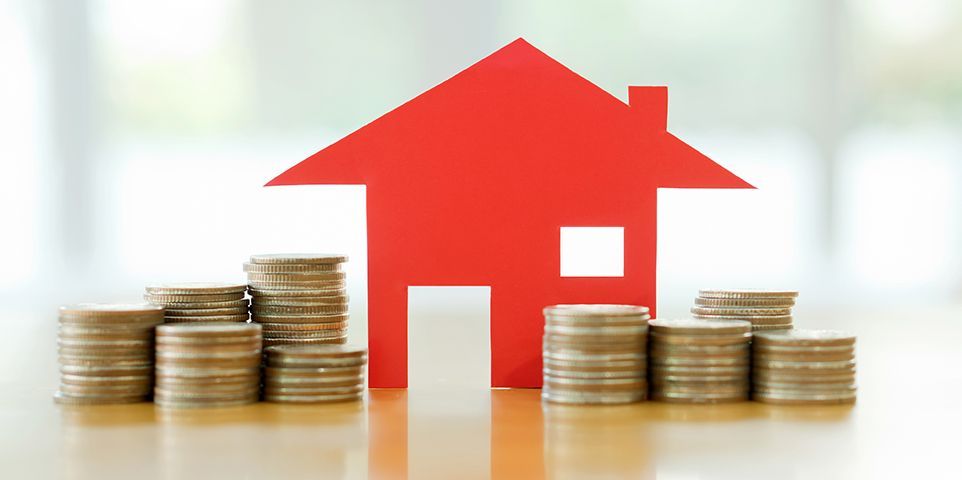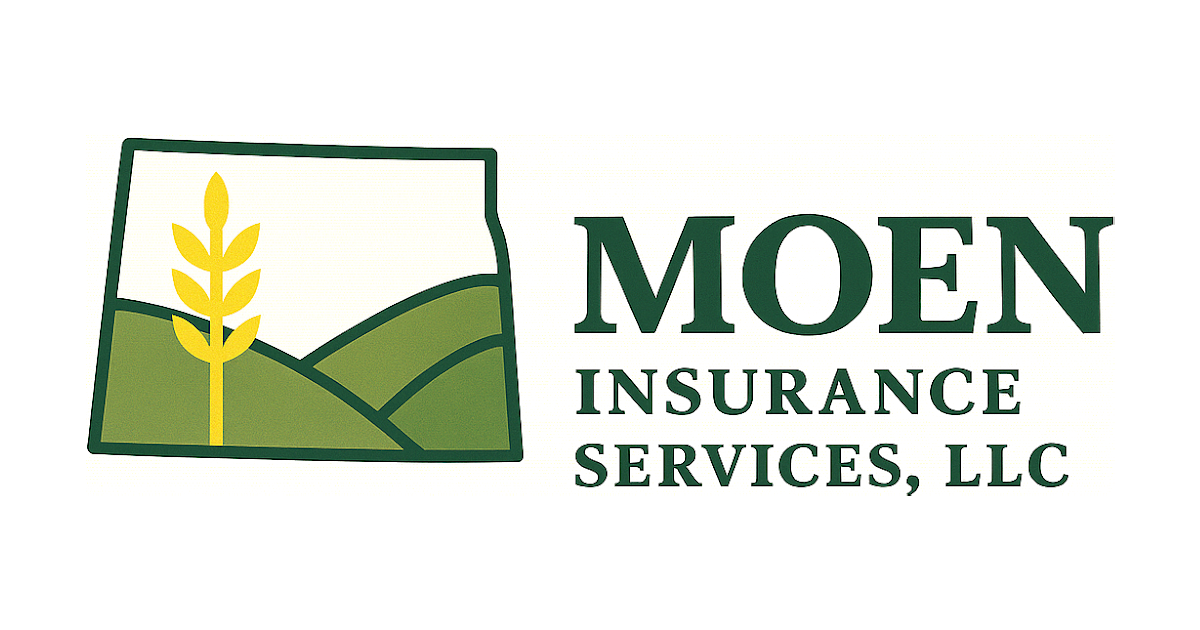2025–2026 Home Insurance: Why Rates Are Rising in North Dakota (And What You Can Do About It)
2025–2026 Home Insurance: Why Rates Are Rising in North Dakota (And What You Can Do About It)
Home insurance has become a hot topic for families across North Dakota, from Grand Forks to Lakota to Devils Lake. If you’ve opened your renewal this year and felt your stomach drop, you’re not alone. Rates have increased across nearly every carrier — even for homeowners with a clean claim history.
In this guide, we’ll break down why home insurance premiums are rising, what’s happening behind the scenes with insurance companies, and most importantly, what North Dakota homeowners can do about it.
Why Are Home Insurance Rates Increasing?
1. Rising Construction & Material Costs
The cost to rebuild a home — known as the replacement cost — has increased dramatically.
- Lumber, roofing, plumbing, electrical, and HVAC costs are still elevated
- Skilled labor shortages push up contractor prices
- Replacement cost calculators have been recalibrated across all carriers
Even if your home hasn’t changed, the cost to rebuild it has — and your insurance adjusts to match that number.
2. Severe Weather & Hail Claims in North Dakota
North Dakota continues to rank among the top states for:
- Hail storms
- Wind damage
- Freezing temperatures and burst pipes
- Spring and summer thunderstorms
Insurance companies spread risk across the region. When the whole region experiences more claims, premiums rise for everyone.
3. Higher Reinsurance Costs for Carriers
Reinsurance is the insurance insurance companies buy to protect themselves. Those costs have skyrocketed 30–70% nationwide.
When carriers pay more for reinsurance, those costs flow through to customer premiums.
4. Carrier Loss Ratios Are Up Nationwide
Many companies have paid out more in claims than they’ve collected in premiums in recent years. That creates:
- Stricter underwriting
- Fewer discounts
- Premium adjustments at renewal
- Reduced appetite for certain types of homes
This is why you’re seeing fewer options, higher deductibles, and tighter guidelines — it’s not just a local issue. It’s happening in nearly every state.
What You Can Do to Lower Your Home Insurance Costs
Even in a tough market, homeowners still have options. Here’s what helps the most:
1. Bundle Your Home & Auto (or Farm)
Carriers are rewarding customers who package multiple lines.
Bundling often saves 10–25% and also opens access to better carriers that may not write standalone home policies.
2. Choose the Right Deductible
Raising your deductible from $1,000 to $2,500 or $5,000 can offer significant savings.
But — and this is important — it should match your comfort level and financial plan. A higher deductible isn’t always best unless the savings are worth it.
3. Add Smart Home & Safety Discounts
Many carriers offer discounts for:
- Smart thermostats
- Water-leak detection systems
- Security systems
- Monitored smoke detectors
- Sump pump monitors
These can trim premiums while reducing your risk of a costly claim.
4. Review Your Policy Each Year
Insurance is not a “set it and forget it” product anymore. An annual review can uncover:
- Coverage gaps
- Out-of-date replacement values
- New discounts
- Opportunities to re-shop carriers
Your home changes — and so does the insurance market.
5. Work With a Local Agent Who Understands ND Risks
North Dakota is unique. Weather patterns, rural properties, lake homes, and farm exposures all affect rates and coverage needs.
A local agent can help you:
- Compare multiple carriers
- Match coverage with budget
- Understand regional claim trends
- Navigate rising premiums without sacrificing protection
Final Thoughts
Home insurance prices are rising everywhere — but North Dakota homeowners have options. Understanding why this is happening and reviewing your coverage regularly can make a big difference.
If you’re unsure whether your current policy is still competitive or properly protecting your home, we’re happy to take a look.
Moen Insurance Services — Local Agents. Local Service.
Serving Grand Forks and communities across North Dakota.







